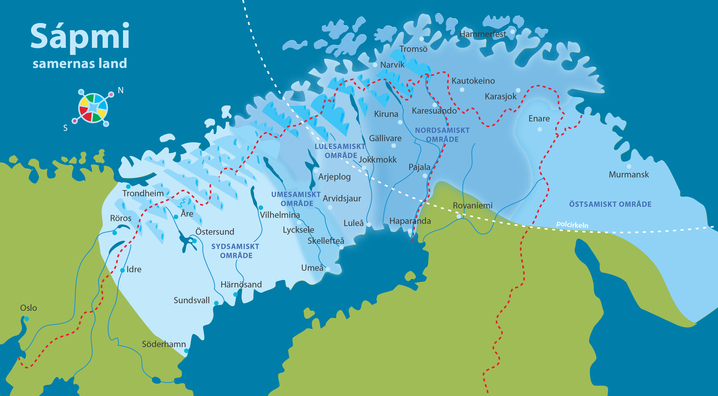
The Sami people are found in four countries: Russia, Finland, Norway, and Sweden. This big land area is called Sápmi. Sápmi covers all the northern part of the cap of the north, from the Russian Kola Peninsula in the east to Dalarna in the south. Sápmi as a concept includes both the land Sápmi and the Sami people.
The Sami language has several different varieties, of which North Sami has the most speakers. Sami is a Finnish-Ugrian language. Far from all Sami people can speak Sami today.
Read more at samer.se (Swedish)
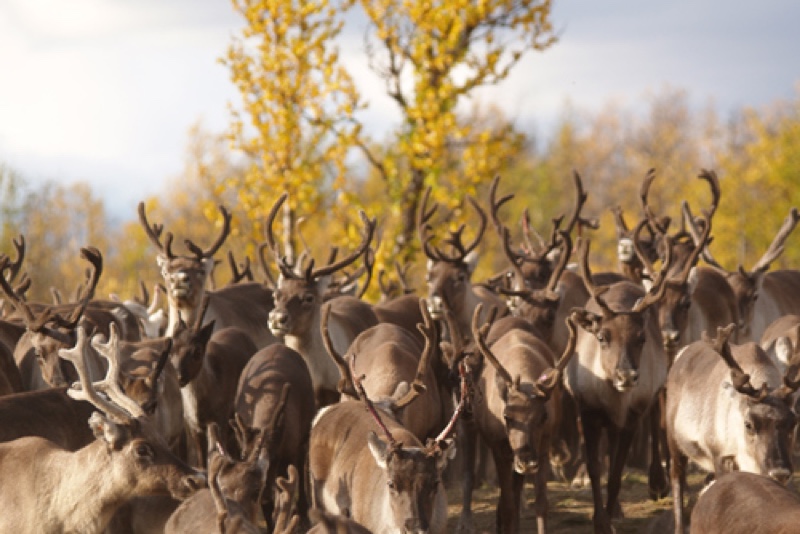
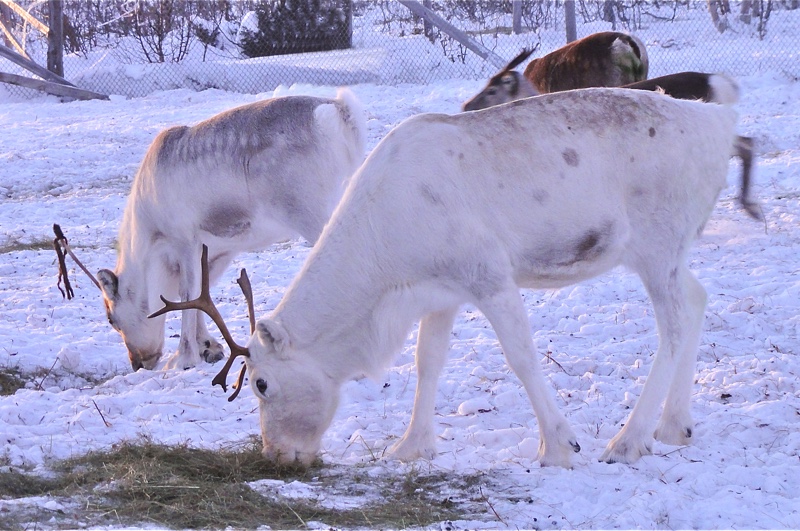
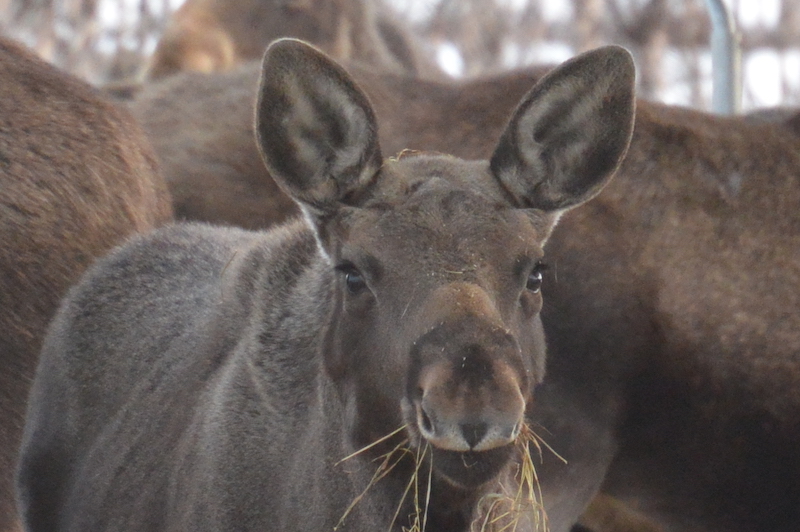
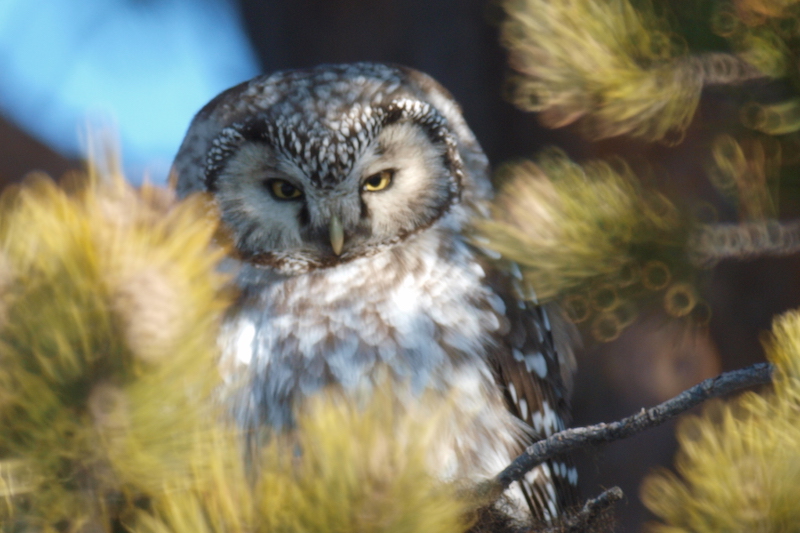
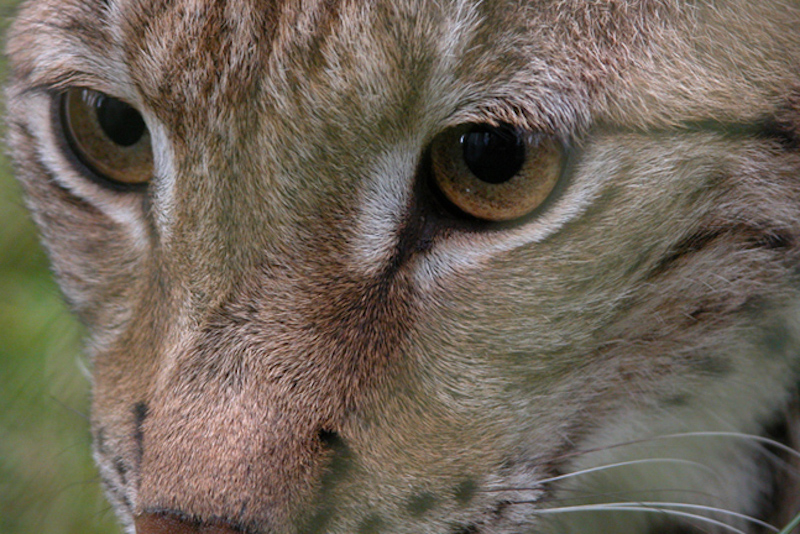
Animals
The reindeer
The reindeer is central in the Sami community and a real survivor in the arctic climate. It feeds on different lichens and many green plants. Vajorna (the females) also have antlers and keep them over the winter to get rid of bulls with no antlers from grazing pits. The bulls shed the antlers in November after the heat period. The hair of the reindeer is hollow which gives them a good insulation. Everything from the reindeer is taken care of and used for food and duodji.
The moose
The moose has always been an important hunting prey for the Sami people. You can also see that on old rock carvings. The hunting has a big part for the livelihood for the Sami people who are living in the traditional sectors. During wintertime, the moose mostly feed on branches and bark.
Predators
Wolf, wolverine, lynx, bear and golden eagle are the five big animals that prey on reindeer. Wolverine and lynx are the predators that kill the most. Depending on where you are in Sápmi it’s different which predators are most common.
Small animals
In Sápmi, there are a variety of smaller animals like the hare, fox, birds etc.
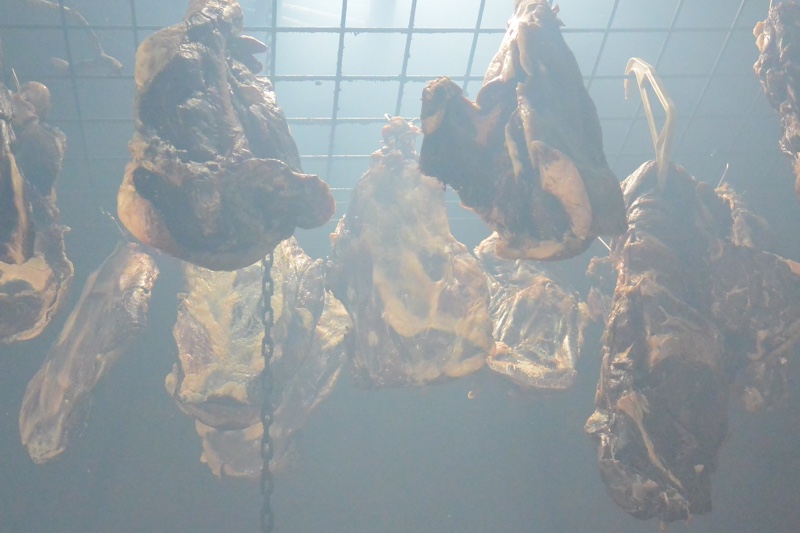
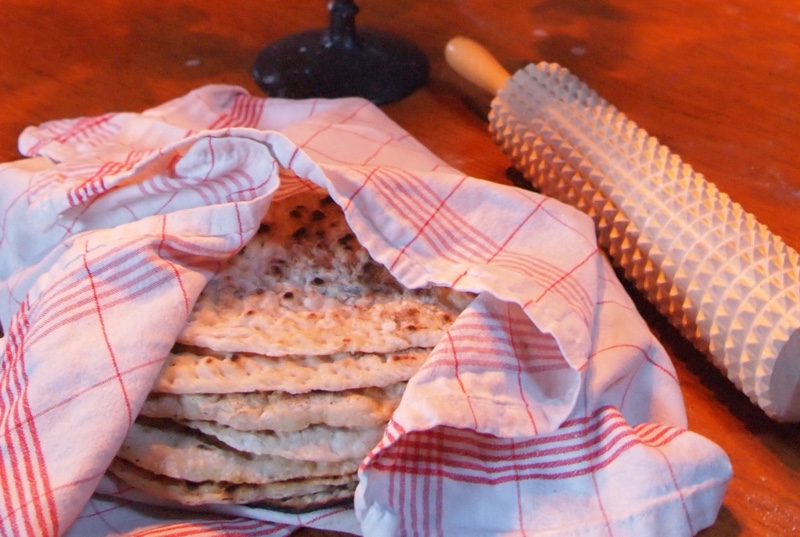
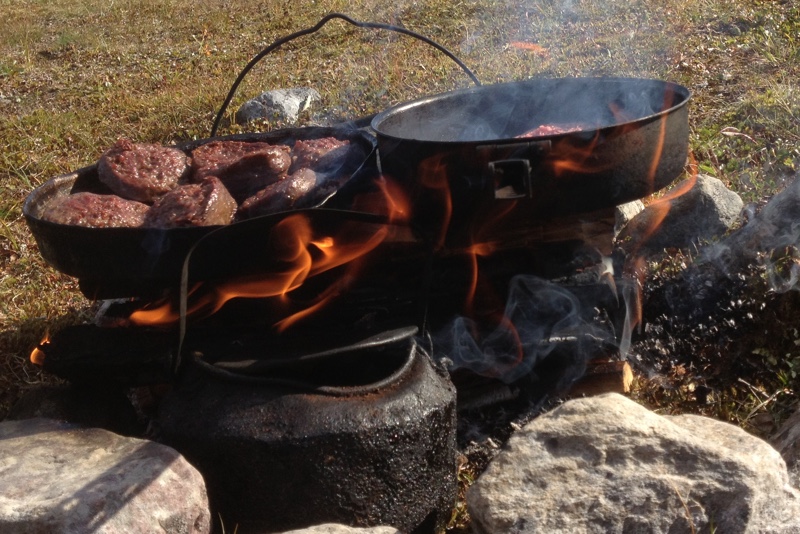
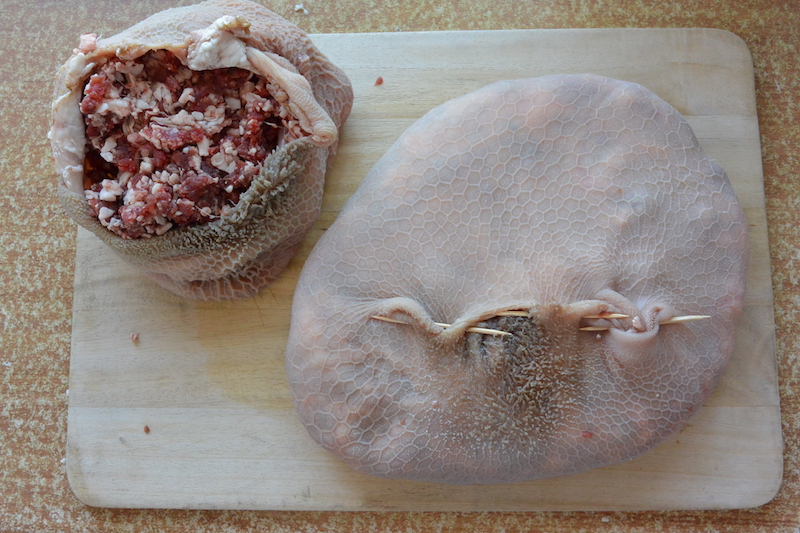
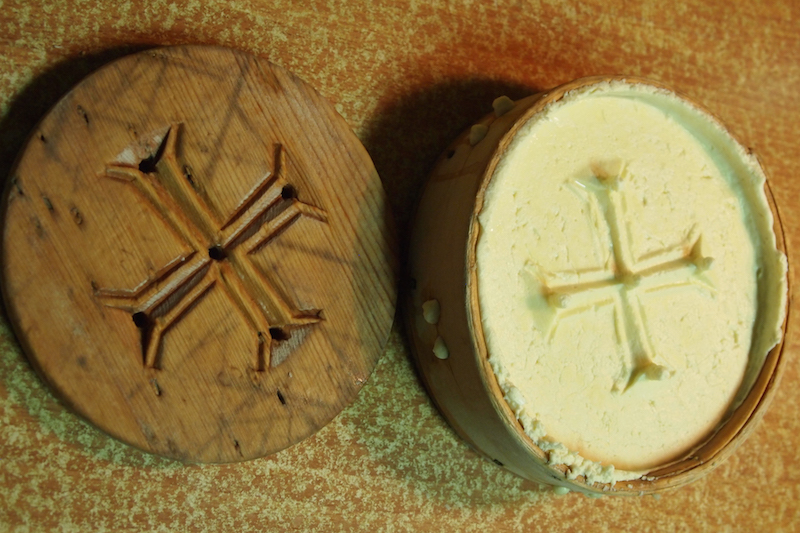
Food
Traditional food in Sápmi is meat and fish supplemented with herbs and berries. Salt and flour were bought so you could bake bread. Fish and meat were eaten either fresh, salted, smoked, dried or conserved in a different way. The Sami cuisine still looks the same, but with new dishes with outside influences. Reindeer and moose meat, Arctic char, Whitefish, cloudberries, blueberries, lingonberries, Angelica and Mountain Sorrel are common in the Sami cuisine. Coffee cheese was made from reindeer milk, later also from goat and cow milk. Lots of new exciting things are happening with the developing of Sami cooking today.
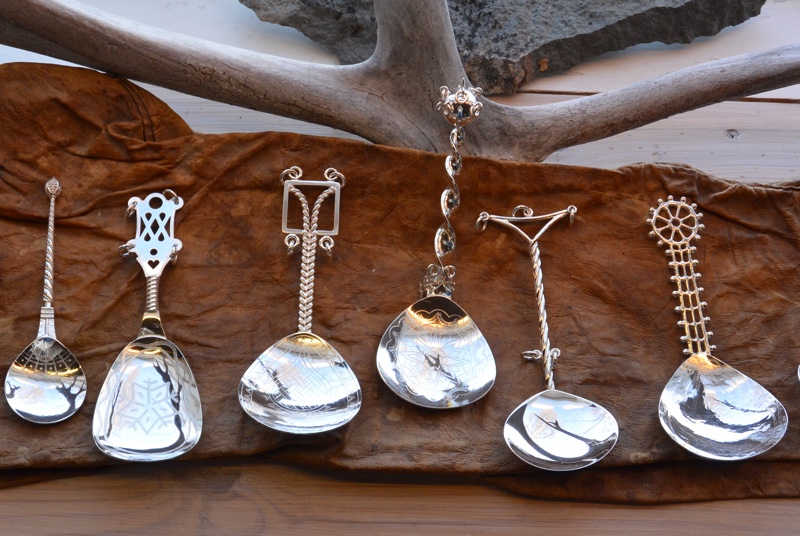
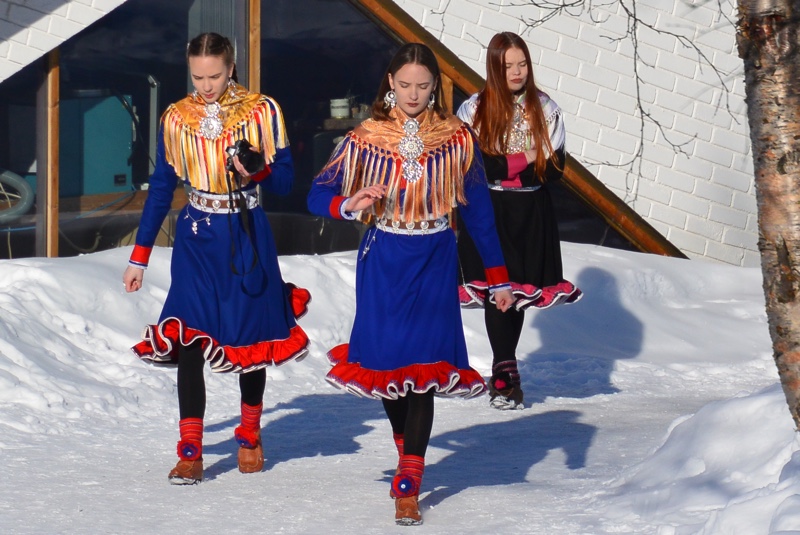
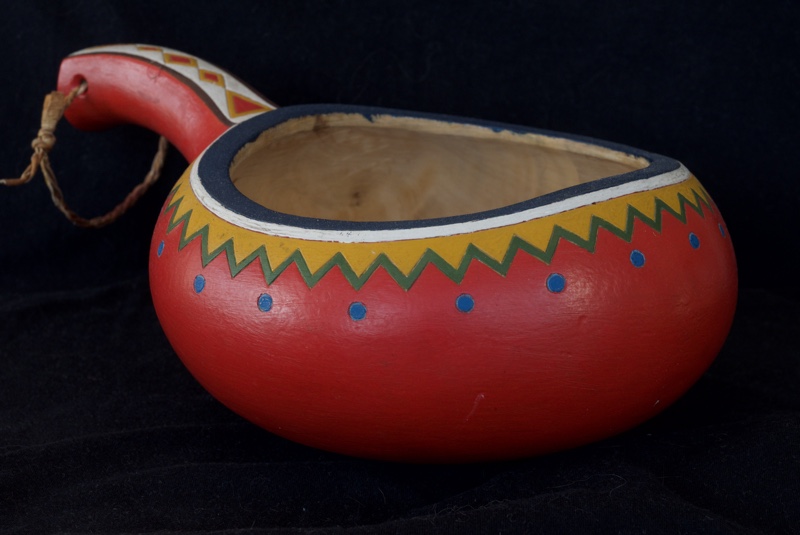
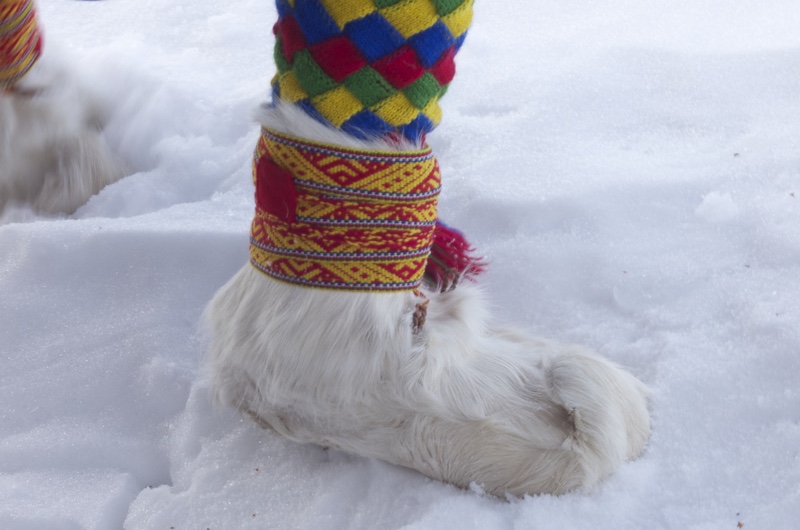
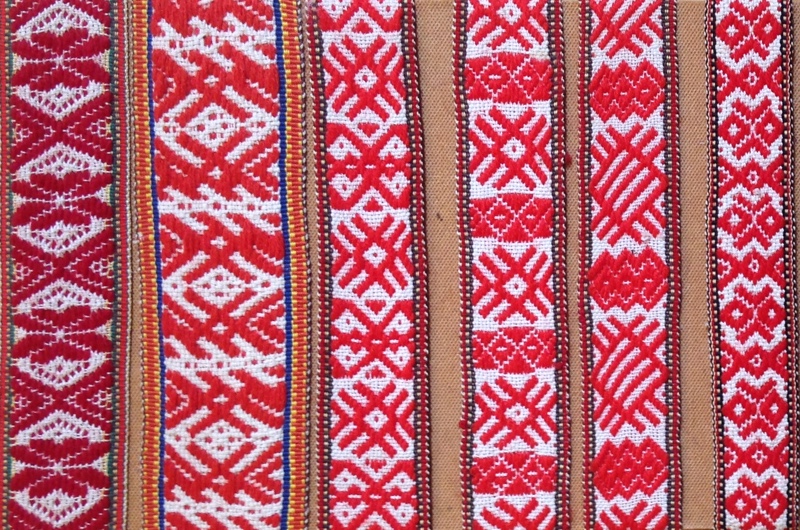
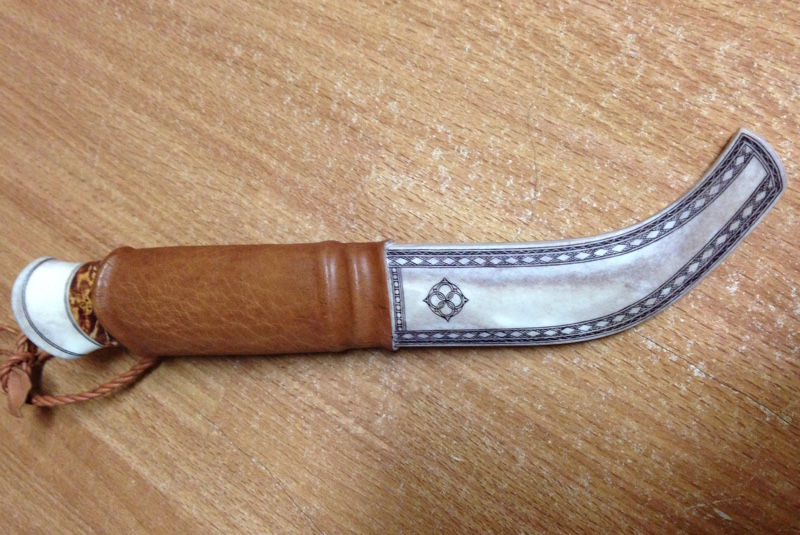
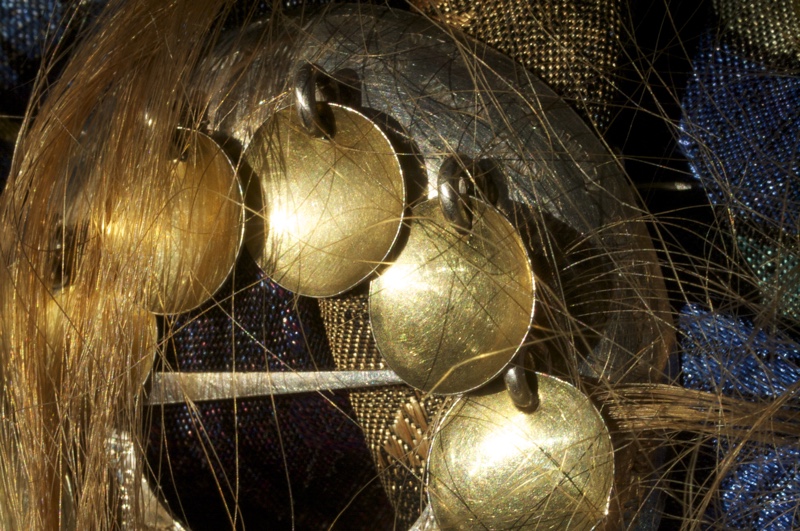
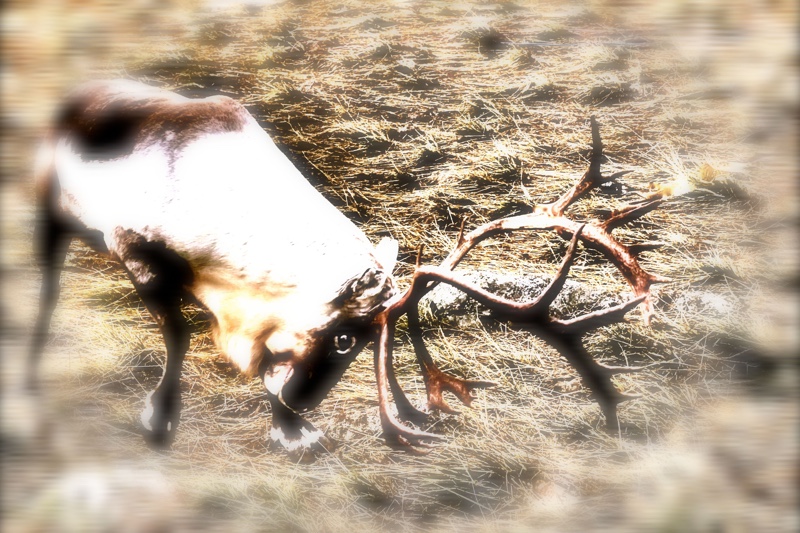
Duodji
Duodji is handicraft, both with soft and hard materials. It has a significant symbolic value to the Sami identity and is an important carrier of the culture. Duodji is an important part of the Sami community as a livelihood or part of it. The clothing and handicraft look different depending on where in Sápmi you are from, it can tell from which area you come from. You only use skin, fur, tendons, yarn, fabric, tin, silver, roots in the creating process. Both in traditional and new creations. The clothing can be traditional, but also more innovative, with the traditional clothing as a base.






Eight seasons
In former days the Sami have had their own calendar with more months and it was made of wood or horn. You also divided the year in one summer period and one winter period. The changes in Sápmi are so big throughout the year so there have been a need to divide the year into more seasons. They are the following eight:
Giđđadálvi – springwinter
Giđđa -spring
Giđđageassi – springsummer
Geassi – summer
Čakčageassi – autumnsummer
Čakča – autumn
Čakčadálvi – autumnwinter
Dálvi – winter